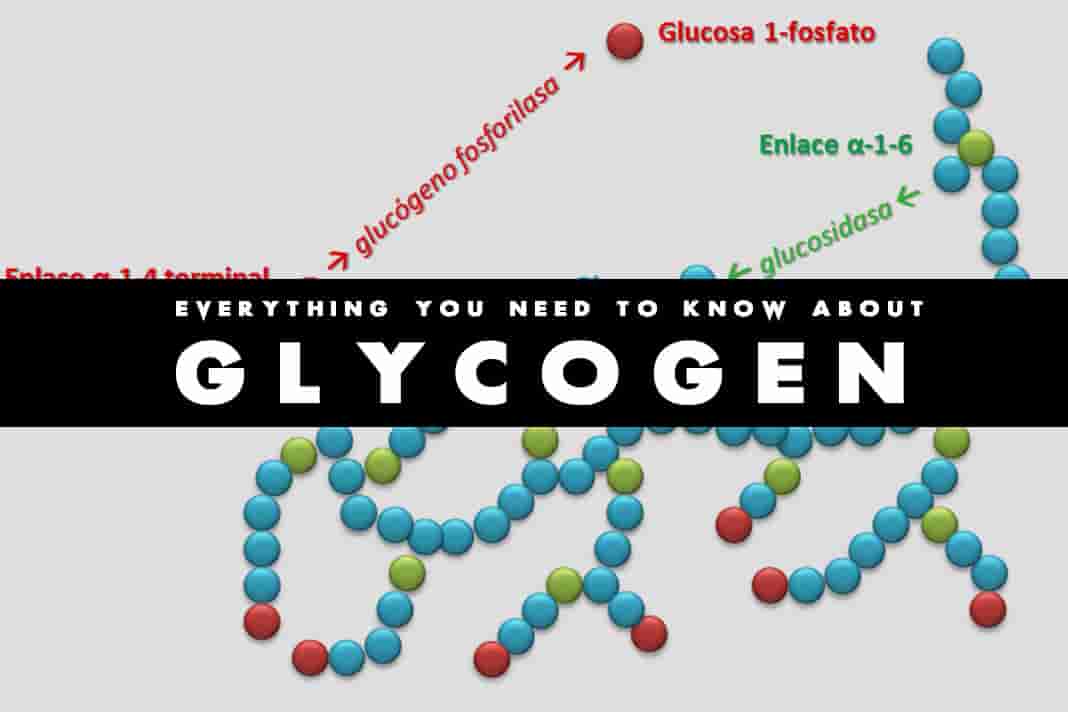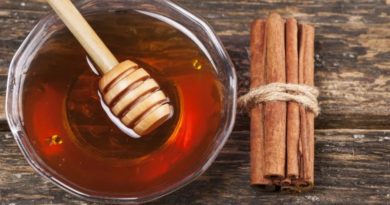Everything You Need to Know About Glycogen
Food that we eat is converted into Glucose and then be stored in the form of Glycogen for future
use.
Table of Contents
Production and Storage
Most of the carbohydrates are converted to glucose, our main source of energy. When the body doesn’t need fuel, the glucose molecules are linked together which form a glycogen molecule which is a 8-12 chained unit.
The main responsible one for this process is insulin. When you eat a carbohydrate-containing meal, your blood glucose level will rise . Increased glucose signals the pancreas to produce insulin, a hormone that helps the body take up glucose from the blood for energy.
Liver cells are instructed by insulin to produce an enzyme, glycogen synthase, that links chains of glucose together. Glycogen molecules can be delivered to the liver, muscle, and even fat cells for storage as long as glucose and insulin remain plentiful.
Glycogen makes up around 6 percent of the liver’s total weight. Far less is stored in the muscles (only
around 1 to 2 percent), which is why we run out of energy quickly during strenuous exercise.
The amount of glycogen stored in these cells can vary depending on how active you are, how much
the energy you consume at rest, and the types of food that you eat.
Glycogen which stored in muscle is primarily used by the muscles themselves, while those stored in the liver are distributed throughout the body—mainly to the brain and spinal cord.
What is its role in Diet and Exercise?
As we know that glycogen is the reserve of energy,those atheletes that run or do much physical
activity the reserved glycogen can be utilised at this time.The body can store around 2,000 calories
of glucose as glycogen.
How Your Body Uses Glycogen?
There are about 4 grams of glucose in your blood at any given time,.—Insulin levels will also drop
When the level begins to decline—either because you have not eaten or are burning glucose during
exercise.
When this happens, an enzyme called glycogen phosphorylase starts breaking glycogen
down to supply the body with glucose. For the next eight to 12 hours, glucose derived from liver
glycogen becomes the body’s primary energy source.
During periods of inactivity Your brain consumes more than 50% of the body’s blood glucose. Your
brain’s demand for glucose accounts for about 20% of your body’s energy needs Over the course of
an average day,
Additionally, any amount of weight loss can have the same effect on glycogen stores. Initially, you
may experience a rapid drop in weight. After a period of time, your weight may be same and
sometimes possibly even increase.
How the Body Uses It (Benefits and Roles)?
The body uses glycogen to maintain homeostasis, or “stable equilibrium,” that is maintained by
physiological processes.
The main function of glycogen metabolism is to store or release glucose to be used for energy,
depending on our fluctuating energetic needs. There are several processes that the body uses to
maintain homeostasis via glucose metabolism.
These are:
Glycogenesis, or glycogen synthesis. This describes the conversion of glucose into glycogen. Glycogen synthase is a key enzyme involved in glycogenesis. Glycogenolysis, or glycogen breakdown.
Benefits and roles of glycogen include:
Serving as an important and quickly mobilized source of stored glucose
Providing a reserve of glucose for the body’s tissues
In the muscles, providing energy or “metabolic fuel” for glycolysis producing glucose 6-phosphate. Glucose is oxidized in muscle cells through anaerobic and aerobic processes to produce the adenosinetriphosphate (ATP) molecules, which are required for muscle contractions
Acting as a fuel sensor and regulator of signaling pathways involved in training adaptation
In the human body, glycogen levels can vary dramatically depending on someone’s diet, exercise, stress levels and overall metabolic health. It is released by the liver for a number of reasons in an attempt to bring the body back to balance. Some of the reasons it is released include:
● Upon waking up in the morning
● In response to low blood sugar as opposed to normal blood sugar
● Due to stress
● To help with digestive processes
Relationship to Your Diet
your body has the option of breaking down glycogen into glucose to be ushered into the
bloodstream whenever you require a quick source of energy, which could be during or after
exercise, . This is most likely to happen when the body doesn’t get enough glucose from food,
such as if you’ve been fasting in order to get the benefits of fasting or haven’t eaten in more
than several hours.
After you exercise, many experts recommend that you “refuel” with a meal or snack that
provides both carbs and protein, thereby helping replenish your glycogen stores and support
muscle growth. If you do about one hour of moderate-intensity exercise, then replenishing with
5–7 grams/kg of body weight of carbohydrates (plus protein) afterward is recommended to fully
restore muscle glycogen within 24–36 hours.
What are some of the best glycogen foods to restore your reserves?
● Unprocessed sources of carbohydrates, including fruits, starchy vegetables, whole
grains, legumes/beans and dairy products. Consuming a diet that supplies enough
carbohydrates and energy (calories) to match or exceed your daily needs results in a
gradual buildup of muscle glycogen stores over several days.
● Amino acids
● Protein foods, such as meat, fish, eggs and dairy products, are also good.
Risks and Side Effects
While they are not common diseases, some people deal with glycogen storage diseases, which
develop when someone experiences “defective glycogen homeostasis” in the liver or muscles.
These diseases include Pompe disease, McArdle disease and Andersen disease. Some also
consider diabetes to be a disease impacted by defective glycogen storage, since diabetics
experience an impaired ability to clear glucose from their bloodstreams properly.
Why do these diseases develop?
Impaired ability of the liver and muscles to store this hormone can happen for several reasons, such as due to:
● Genetic factors. Pompe disease is caused by mutations in the GAA gene, McArdle
Disease is caused by one in the PYGM gene and Andersen Disease is caused by one
mutation in the GBE1 gene.
● These diseases can happen at different stages of life and even be deadly if left
untreated.
● Hepatomegaly (enlarged liver), hypoglycemia and cirrhosis (liver scarring) are other
causes.
When someone experiences defective muscle glycogen storage, he or she can develop a number
of symptoms and impairments. Examples include muscle pain and fatigue, stunted growth, liver
enlargement and cirrhosis.




